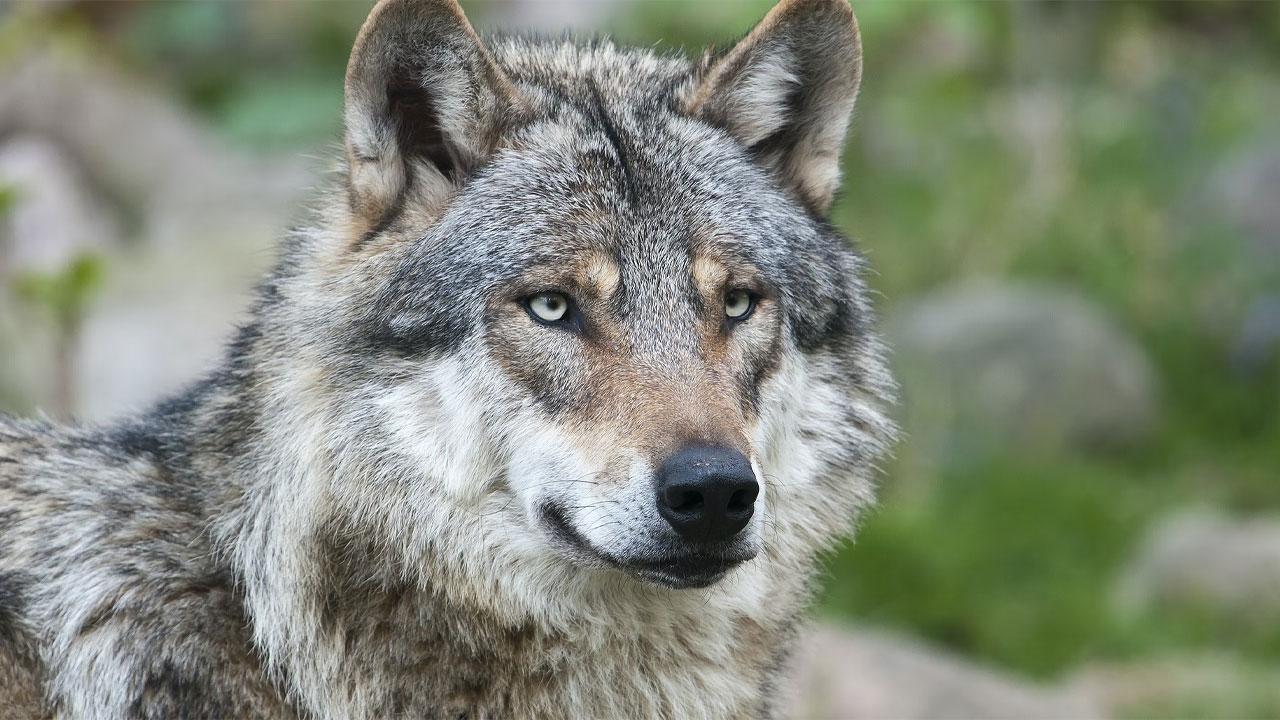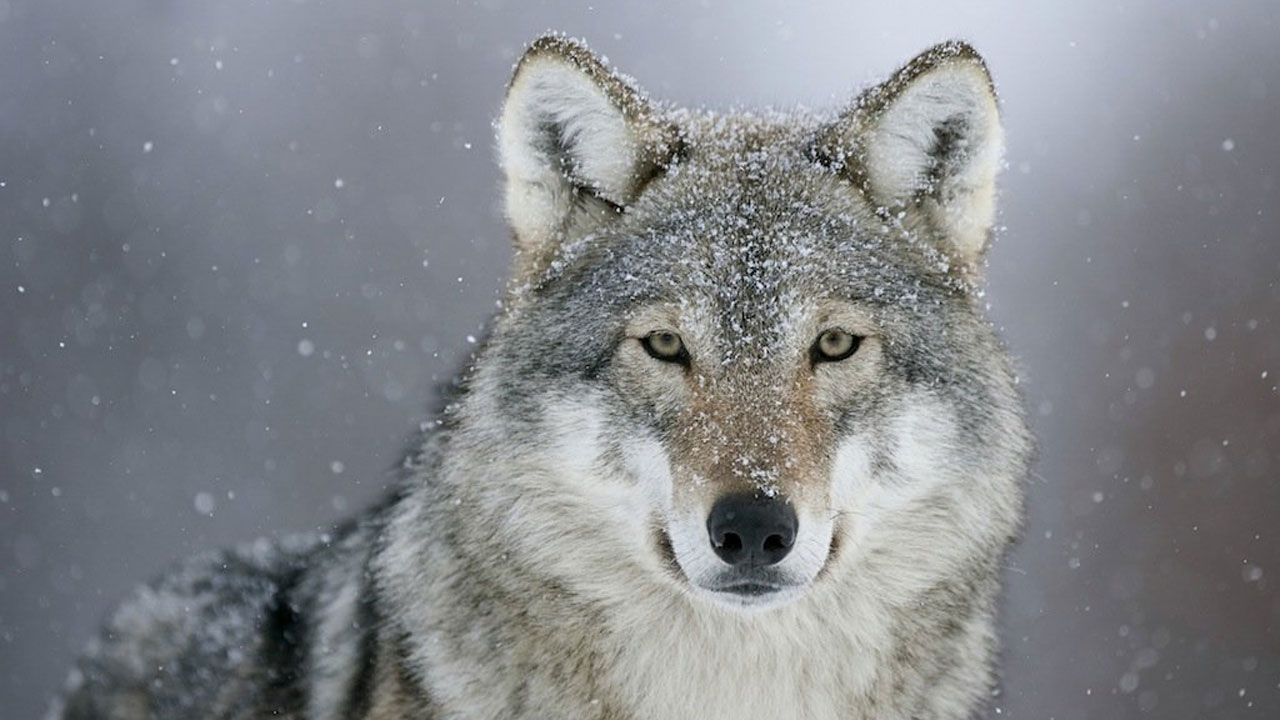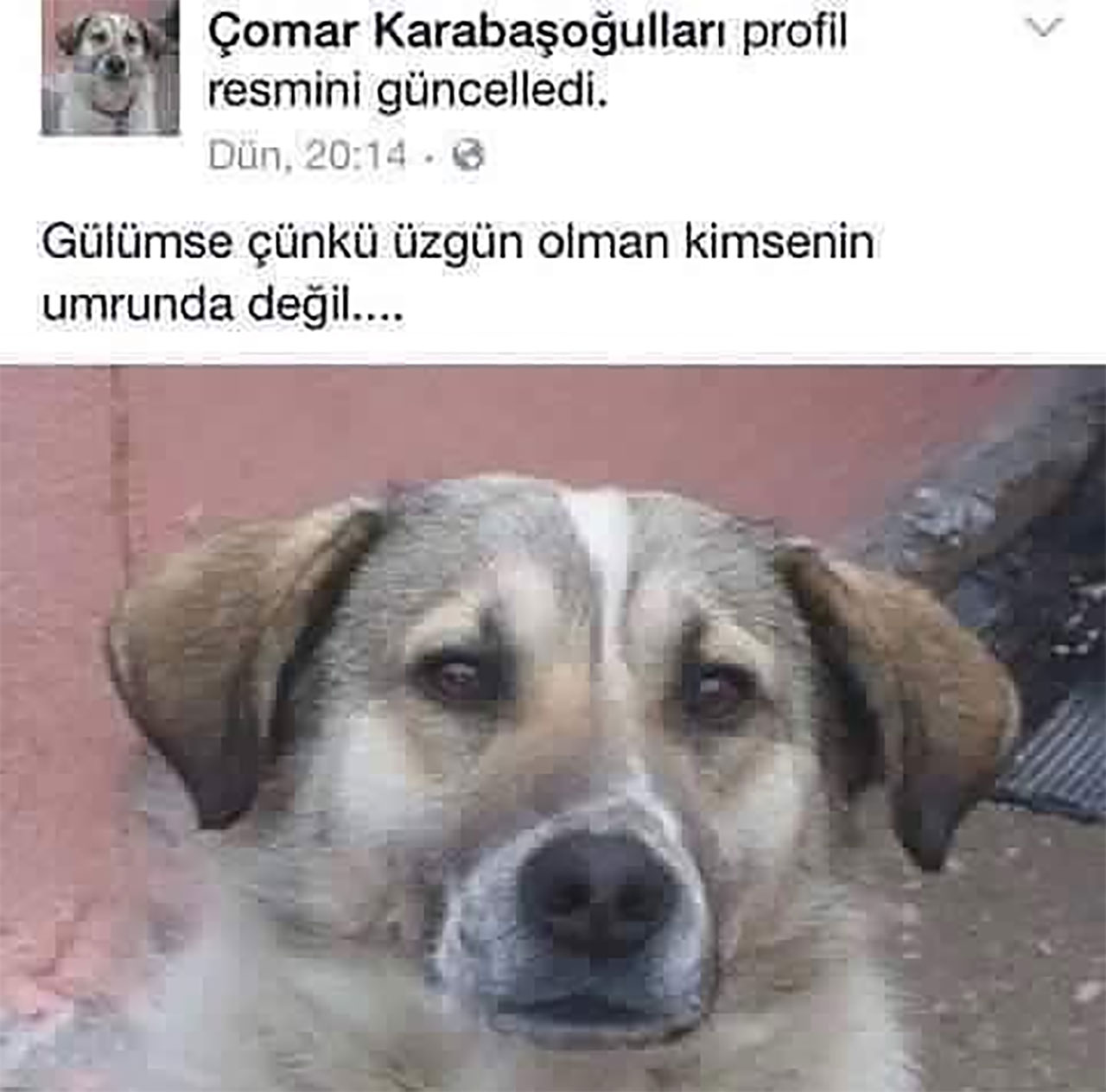You may have noticed that dogs, which are our lovely friends, usually look sad. In this content, we have explained the reason for this by adding historical information.
Traces of friendship between dogs and humans are very much in history. to ancient times can be tracked. In this context, domesticated your dogsWe see that, just like today, it helps people in different matters, especially hunting. As a result, a strong bond is formed between the two parties.
Although dogs were fed more for their functionality in the times we mentioned, today a friend as they can be seen. Those who want to add a different voice to their lives go to shelters to adopt their lovely friends. At this point, that sad look on their faces draws attention. So is this look intentional? Or hyenas Is it like we think you’re laughing?
The muscles around the eyes make this possible: So how?
Dogs have muscles that support the eye area to move left/right and up/down when opening their eyes. Briefly RAOL (retractor anguli oculi lateralis) and LAOM These muscles, known as (levator anguli oculi medialis) pity We can say that they are responsible for the look that brings out the feeling.
But if a wolf looks at you like this (which it won’t), don’t be fooled anyway:

When interacting with humans wolves and domestic dogs separated from each other and formed the two species we know at this time. Juliane Kaminski from the University of Portsmouth, who played a major role in our knowledge of the above findings, said that dogs separated from wolves after domestication and that in the process eyebrows He says he developed these muscles to lift.
The absence of these muscles in the Husky breed, which is more like wolves, supports this:
So, in a way, can we say that they do this on purpose?
Juliane Kaminski The answer to this question is yes, according to one study. In this study, the relationships between dogs and humans were examined. In this context, it was observed that dogs moved their eyebrows more when people were interested in themselves. So for people, this way of looking is kind of trigger We can say it happened.
drooping ears, sad looking As a result of studies, it has been seen that eyes and many other features arouse positive emotions such as compassion in people. In this context, the relationship between animals and humans with these characteristics became stronger and over a long period of time. evolution These muscles were more common in domestic dogs with the support of
Since the wolf relatives of dogs are excluded from this ligament, there is not much difference in the muscles in the eye area. That’s why we look at them not with compassion, but with fear:

When we go to shelters, we think that those who have this view need our help more, and we can give priority to them:
We must not forget that this is the look we are talking about, we are used to people something. In other words, we can also infer that what really attracts us is its human-like features. These deep and sad eyes, their dimensions and other different features are in a way our human beings. to our puppies looks like.
Whether you’re the one seeking attention in a relationship or a baby in the cradle, you give some signals when you want attention…
Taking your lover’s arm, leaning on his shoulder is an example of this. It is a separate example for babies to go to their parents’ lap and snuggle there or to continue the movements that they are interested in. Same way your dogs This view is another interesting one. stimulant We come across this in domestic dogs because it acts as a
There is an important point: we can call this look ‘sad’. However, people from another culture can make different inferences about it:
Let’s say the middle point anyway. Dogs do this of course. sad or happy They don’t because they are. This is a breed born out of a long-term relationship between humans and dogs that gives dogs the attention they crave. method appears as. As research assistant Alexandra Horowitz points out, this is akin to our constant search for smiles on dogs’ faces.
Finally, another important point:
If you have a pet dog and you see that it is unhappy or you observe subnormal activity Don’t think that she wants attention. If this affects your pet’s daily routine, consult a specialist.
Bonus: All the information we counted aside…

resources: 12
RELATED NEWS
